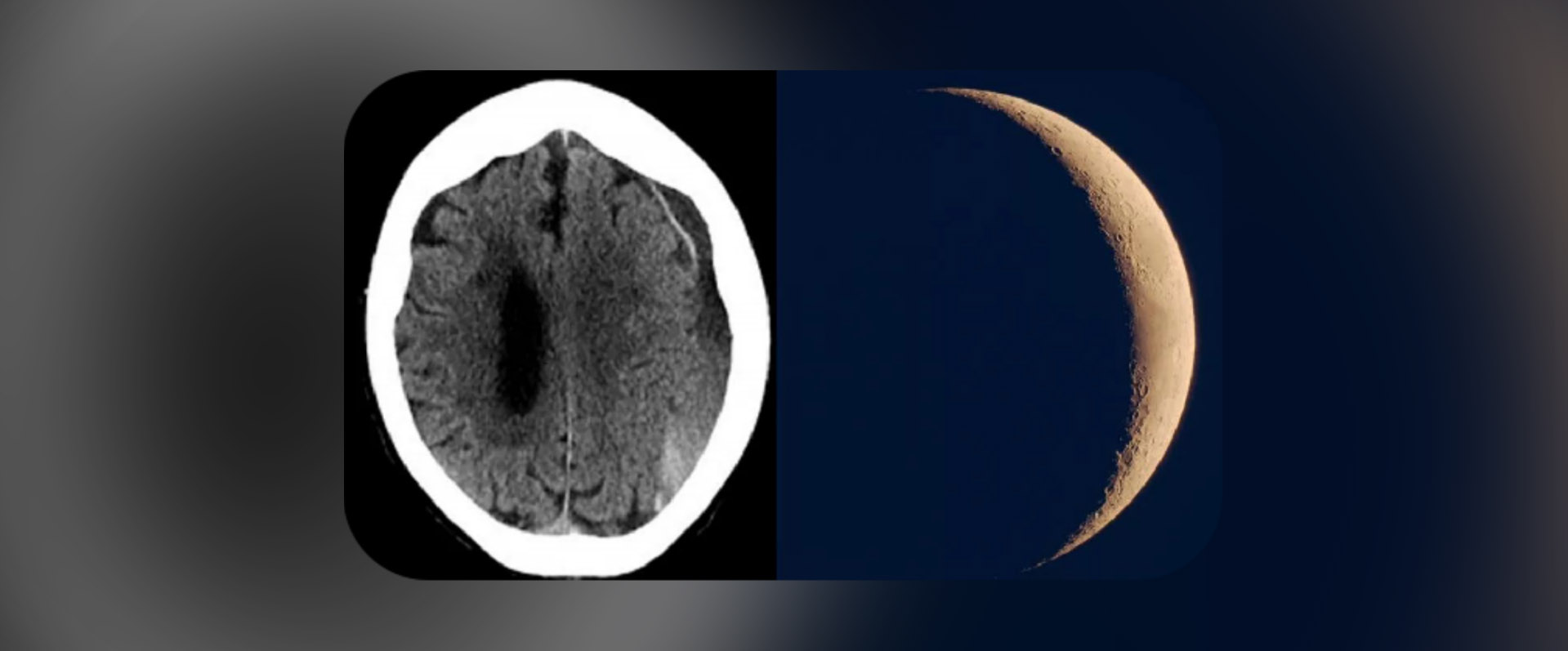On February 9, 2024, Ying Mao, Director of the Translational Center of Tianqiao and Chrissy Chen Institute, released the results of the MAGIC-MT study on managing non-acute subdural hematoma using liquid materials on behalf of all investigators in the closing ceremony of the 2024 International Stroke Conference in the United States.
In recent years, studies have continued to propose that blocking the blood supply to the non-acute subdural hematoma by embolizing the middle meningeal artery can prevent the hematoma from expanding or recurring, which has led to a revolutionary breakthrough in the concept of treatment of non-acute subdural hematoma. However, the new treatment method utilizing the middle meningeal artery embolization has not been supported by more convincing evidence.
The MAGIC-MT study is an investigator-initiated, multicenter, randomized, controlled trial with a superiority design to compare the efficacy of middle meningeal artery embolization with conventional therapies for the treatment of symptomatic non-acute subdural hematomas. The primary endpoint was a 90-day hematoma progression/recurrence rate or all-cause mortality rate. The study enrolled 722 patients, 360 in the middle meningeal artery embolization group and 362 in the conventional treatment group. The primary endpoint rates were 7.2% (26/360) and 12.2% (44/362) in the middle meningeal artery embolization group and the conventional treatment group, respectively, with a rate difference of -4.93%, confirming that middle meningeal artery embolization significantly reduces the rate of progression/recurrence of symptomatic non-acute subdural hematomas or all-cause mortality rate.
